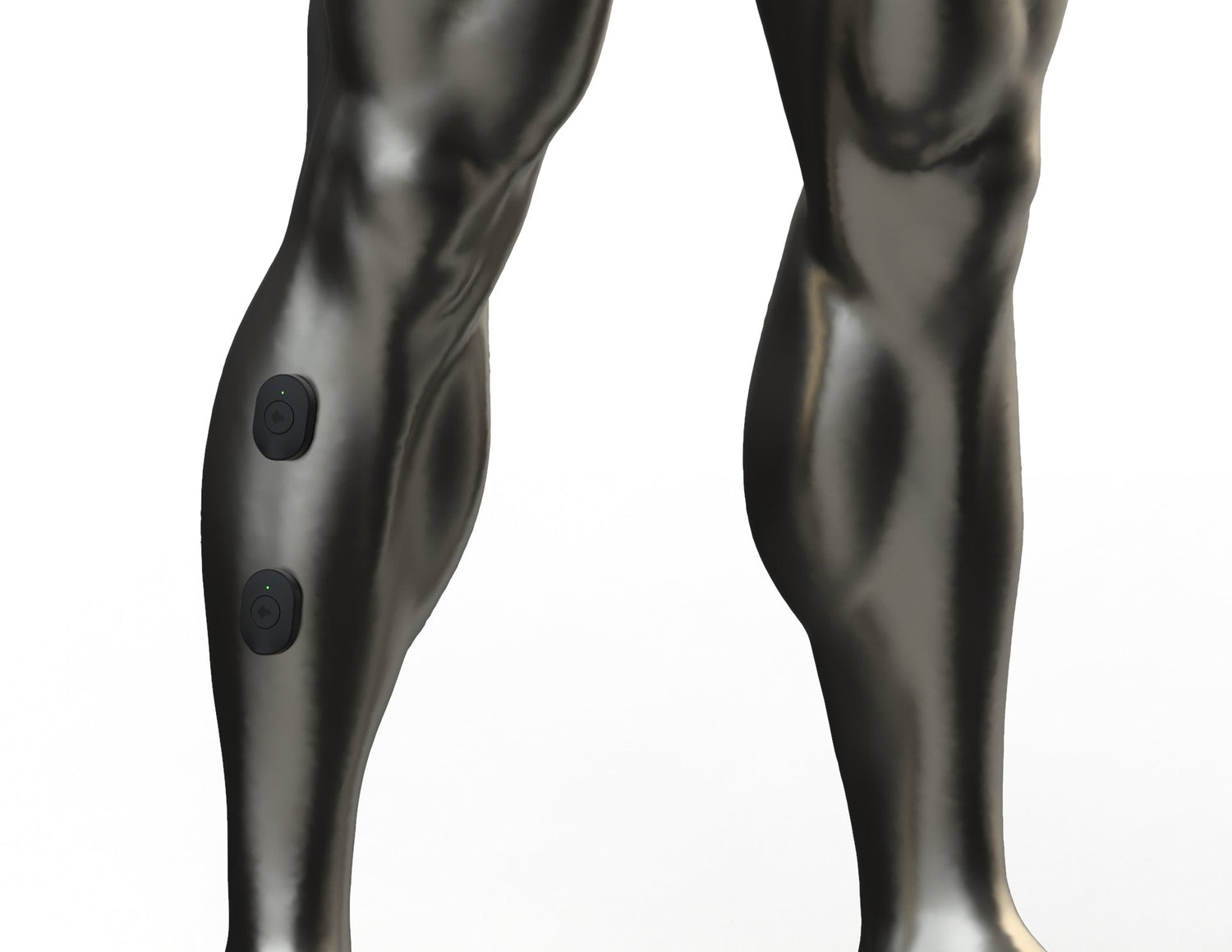The Benefits of Local Vibration Therapy for Foot Drop
Foot drop, characterized by difficulty in lifting the front part of the foot, can significantly impact mobility and daily activities. This condition may result from various causes, including neurological disorders, muscle weakness, or injury. While traditional rehabilitation methods like physical therapy and orthotics play a crucial role in management, local vibration therapy has emerged as a promising adjunctive treatment. This article explores the benefits of local vibration therapy for foot drop, its mechanisms of action, and practical applications.
What is Local Vibration Therapy?
Local vibration therapy involves delivering targeted mechanical vibrations to specific body areas. The Pulse Device uses local vibration to stimulate muscle activation, enhance circulation, and promote healing. There is substantial scientific evidence that local vibration can help get rid of foot drop.
Click to Order the Pulse Device
Mechanisms of Action
Local vibration therapy has several physiological effects that contribute to its therapeutic benefits:
-
Muscle Activation: Vibration therapy stimulates motor neurons, leading to involuntary muscle contractions. This can help strengthen weakened muscles associated with foot drop.
-
Improved Blood Circulation: Vibration increases local blood flow, delivering essential nutrients and oxygen to the muscles, which can facilitate healing and reduce fatigue.
-
Pain Relief: By activating mechanoreceptors, vibration therapy can alleviate pain, making rehabilitation exercises more tolerable for patients.
-
Enhanced Proprioception: The therapy helps improve proprioceptive feedback, enabling better coordination and balance, crucial for gait and mobility.
-
Neuroplasticity: Vibration may promote neuroplastic changes, helping the nervous system adapt and potentially restore function.
Benefits of Local Vibration Therapy for Foot Drop
1. Strengthening Weak Muscles
Foot drop often results from weakness in the dorsiflexors (muscles that lift the foot). Local vibration therapy can effectively stimulate these muscles, promoting strength gains even when active movement is limited. This is particularly beneficial for patients with neurological impairments where traditional exercises may be challenging.
2. Enhancing Gait Mechanics
Improving muscle strength and coordination through vibration therapy can lead to better gait mechanics. Patients may find it easier to lift their feet during walking, reducing the risk of tripping and falls.
3. Increasing Range of Motion
Vibration therapy can help increase flexibility in the ankle and foot, which is essential for normal walking patterns. Improved range of motion allows for better foot positioning and enhances overall mobility.
4. Pain Management
Many individuals with foot drop experience discomfort due to compensatory gait patterns or underlying conditions. Local vibration therapy can help manage pain by reducing muscle tension and improving circulation, making rehabilitation exercises more feasible and comfortable.
5. Improving Proprioception and Balance
Proprioception is crucial for maintaining balance and coordination. Local vibration therapy enhances sensory feedback from the foot and ankle, aiding in the development of better balance strategies, which is particularly important for individuals with neurological conditions.
6. Supporting Neuroplasticity
Vibration therapy may stimulate neuroplastic changes, potentially aiding in the recovery of lost function. This is especially relevant for individuals recovering from neurological conditions, as it can facilitate the brain’s ability to adapt and reorganize.
7. Customizable Treatment
Local vibration therapy is highly adaptable. The frequency, intensity, and duration of treatment can be tailored to the individual’s specific needs, making it an effective addition to personalized rehabilitation programs.
Practical Applications
Integration into Rehabilitation Programs
Local vibration therapy can be incorporated into various phases of rehabilitation for foot drop:
- Initial Phase: Used to alleviate pain and improve circulation around the ankle and foot.
- Mid-Phase: Integrated with strengthening exercises to enhance muscle activation and coordination.
- Final Phase: Combined with functional activities to refine gait mechanics and balance.
Conclusion
Local vibration therapy offers numerous benefits for individuals with foot drop. Its ability to strengthen muscles, enhance proprioception, and improve circulation makes it a valuable tool in rehabilitation programs. As research continues to support its efficacy, more clinicians are likely to integrate local vibration therapy into comprehensive treatment plans for foot drop. If you or someone you know is experiencing foot drop, consider discussing the potential benefits of local vibration therapy with a healthcare provider to explore how it can enhance recovery and improve mobility.

